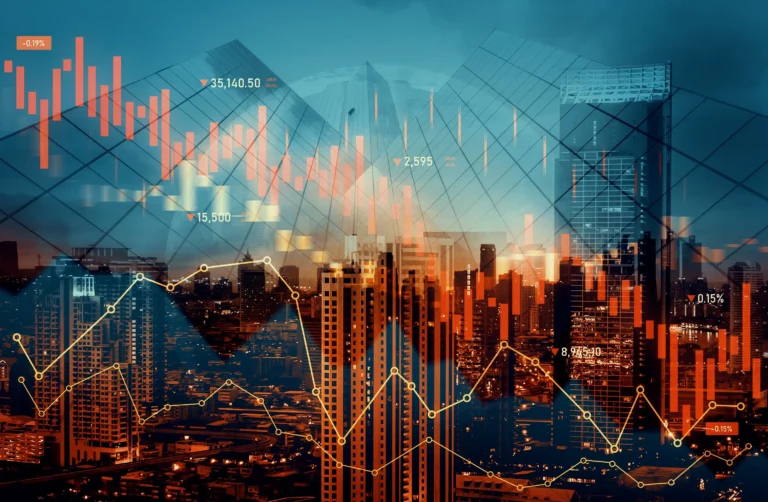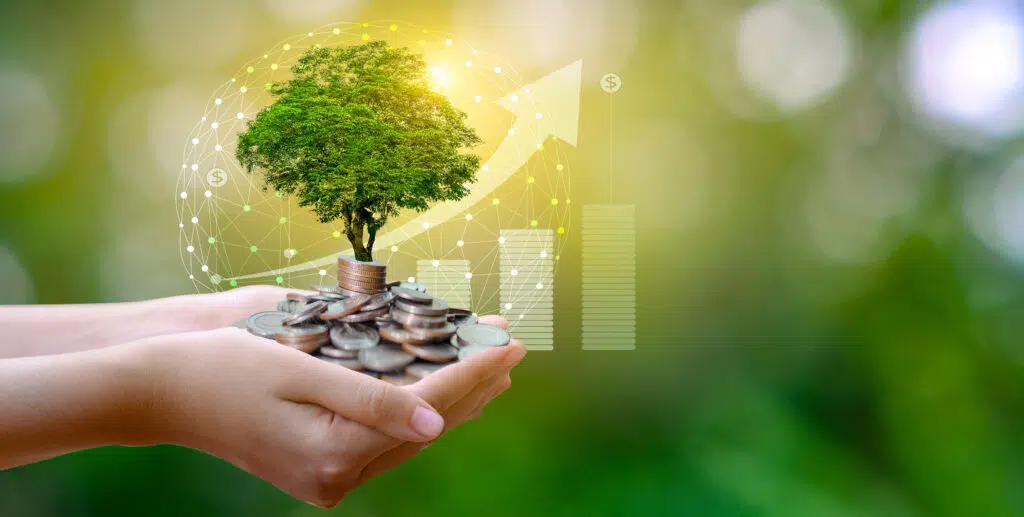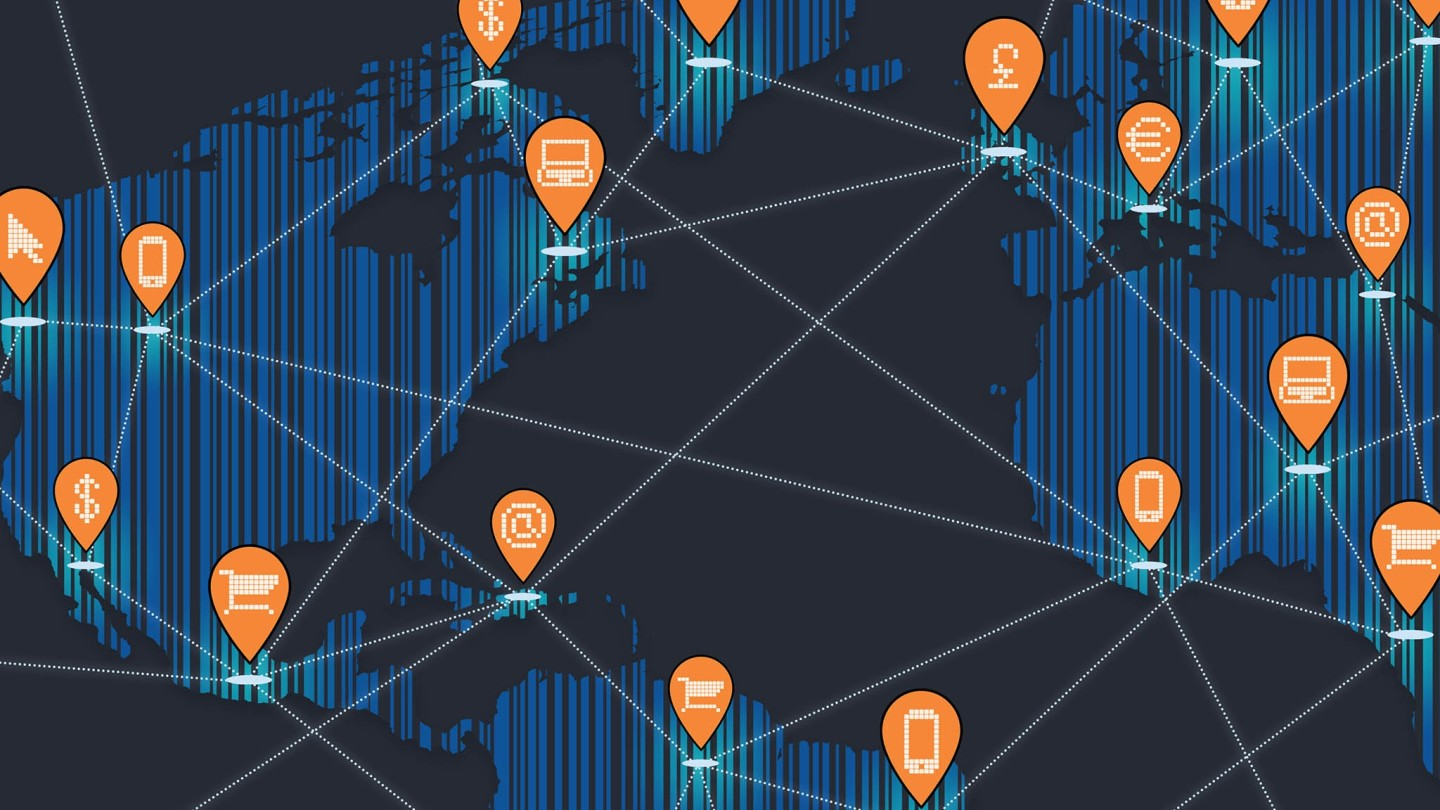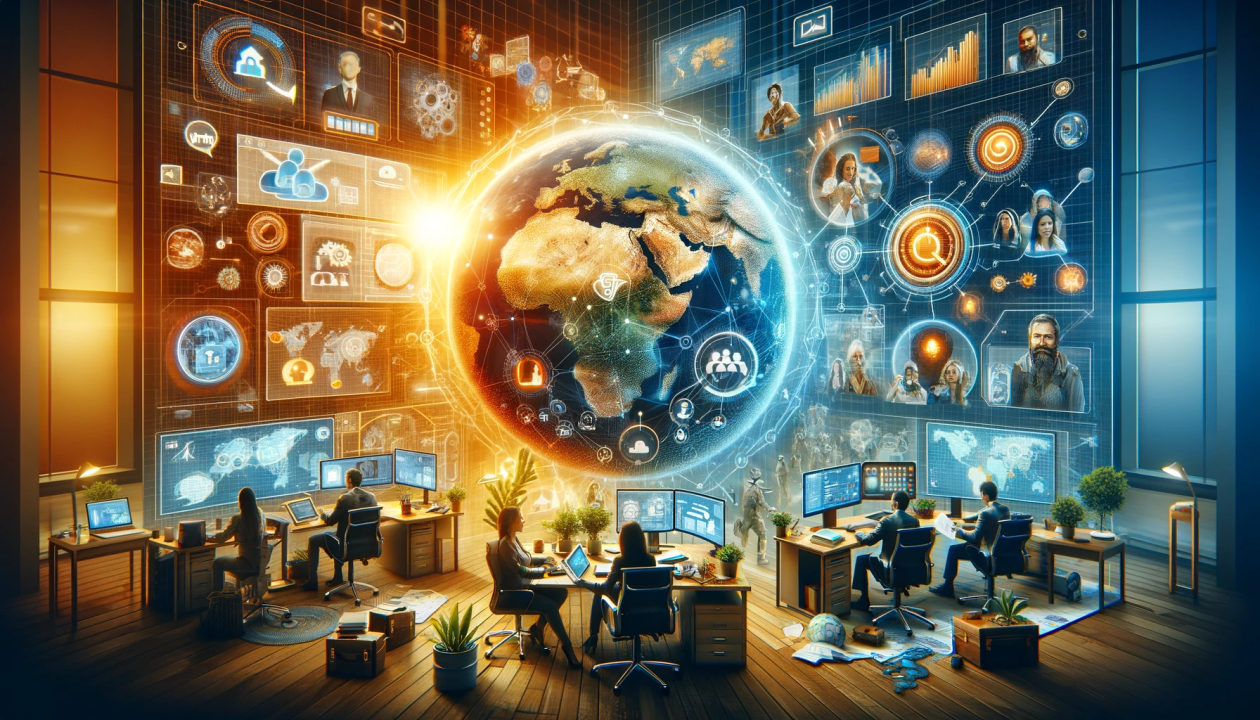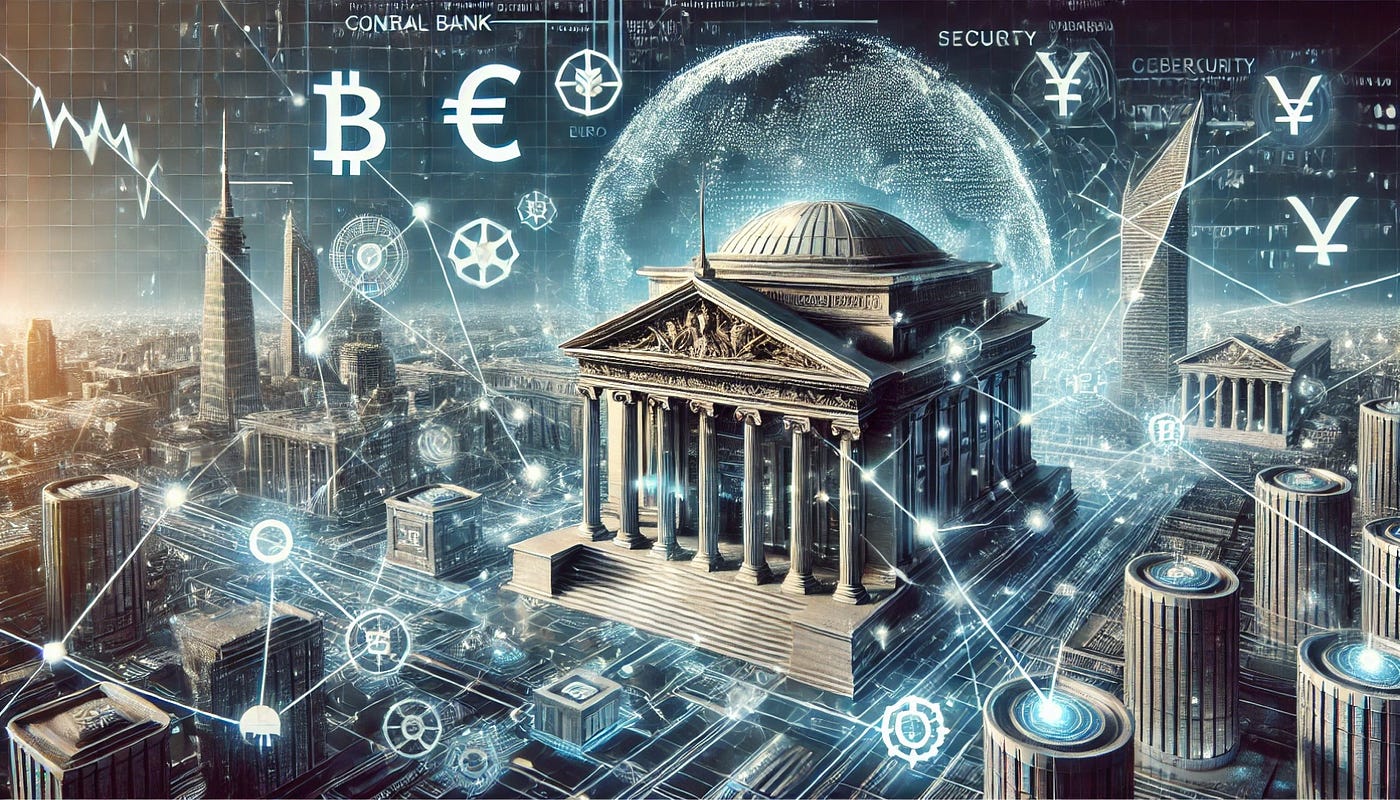The Rise of the Green Economy: Navigating Economic Growth Through Sustainability
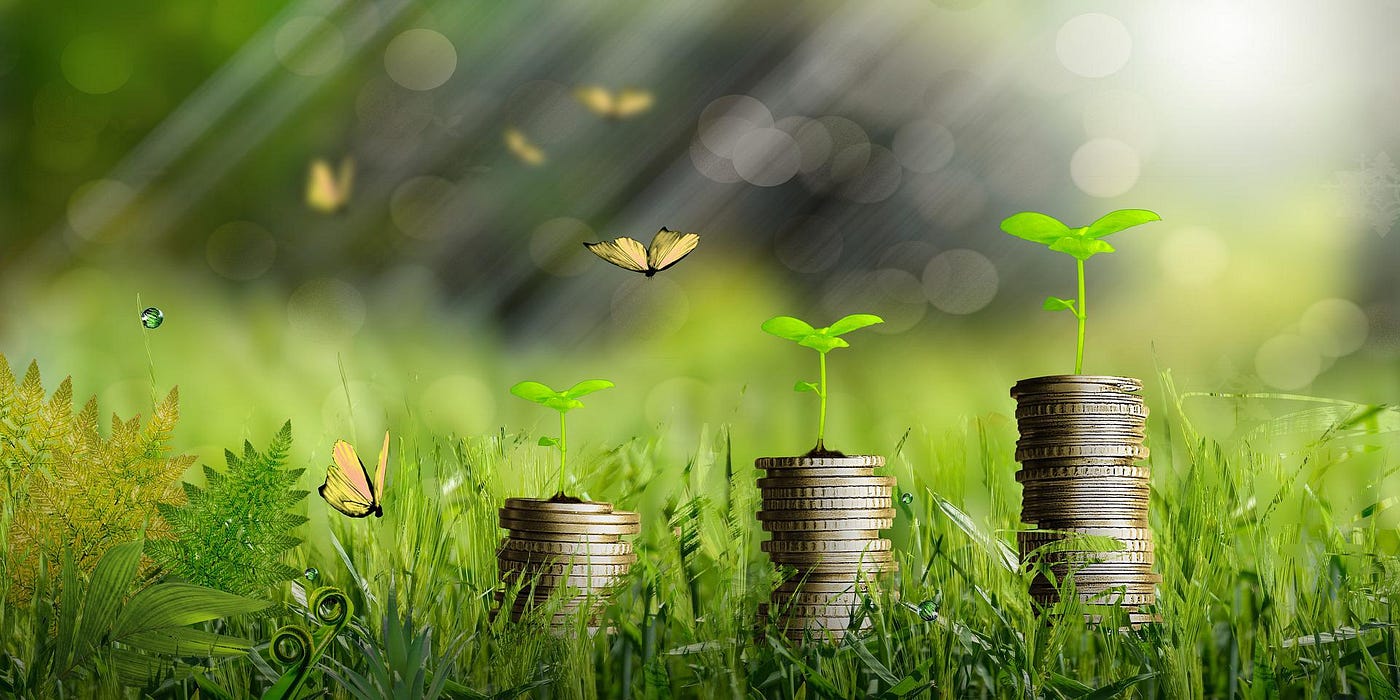
In recent years, the concept of a green economy has emerged as one of the most transformative trends in both global and national economic landscapes. As climate change intensifies and environmental concerns become more pressing, nations, corporations, and consumers alike are seeking pathways to align economic growth with environmental sustainability. This shift is driven by not only ecological imperatives but also economic opportunities that can redefine traditional sectors and create entirely new markets. Here, we explore the key drivers of the green economy, the potential for growth and innovation, and the challenges that must be addressed to make sustainable economic development a global reality.
The Push Towards a Green Economy: Drivers and Trends
The movement toward a green economy is underpinned by several interconnected trends, each playing a critical role in shaping this new era of sustainability-focused growth. Major forces behind this shift include government policy, advancements in technology, changing consumer behavior, and the growing influence of corporate sustainability initiatives.
1. Policy and Regulation
As the impacts of climate change become more evident, governments worldwide are implementing policies to reduce carbon emissions, protect biodiversity, and encourage sustainable practices. For instance, the European Union’s Green Deal aims to make Europe the first climate-neutral continent by 2050, emphasizing renewable energy, sustainable agriculture, and energy-efficient construction. Similarly, China, the United States, and other major economies are setting ambitious goals for reducing greenhouse gas emissions and increasing reliance on clean energy sources. These regulations not only address environmental concerns but also create a predictable framework that encourages businesses to invest in green technology and infrastructure.
2. Technological Innovation
Technological advancements are critical enablers of the green economy, with innovations in clean energy, electric vehicles, energy-efficient appliances, and carbon capture technologies making sustainable practices more accessible and cost-effective. Renewable energy sources, such as solar, wind, and hydropower, are becoming increasingly competitive with fossil fuels, driving down prices and making them more appealing to both businesses and consumers. In addition, advancements in AI and data analytics are allowing companies to optimize resource use, minimize waste, and reduce environmental impact, contributing to a more sustainable economy.
3. Shifts in Consumer Behavior
Modern consumers are more informed about environmental issues and are increasingly demanding sustainable products and services. According to recent studies, consumers, especially younger generations, are more likely to support companies that prioritize environmental responsibility and social impact. This shift has encouraged brands across various industries—from fashion and food to technology and transportation—to adopt eco-friendly practices, such as using renewable materials, reducing emissions, and promoting recycling. As consumer awareness and preferences evolve, businesses that fail to adapt to sustainable practices may risk losing market share and brand loyalty.
4. Corporate Sustainability Initiatives
Many businesses are recognizing that sustainability is not just a moral obligation but also a powerful driver of competitive advantage. Corporate sustainability strategies are becoming increasingly sophisticated, with companies investing in initiatives that reduce waste, conserve resources, and support renewable energy. Leading corporations like Tesla, Microsoft, and Unilever have committed to achieving net-zero emissions, creating circular business models, and promoting green innovation. This trend is reshaping the business landscape, as firms that successfully implement sustainability strategies are attracting more investors, reducing operational costs, and improving brand reputation.
Key Sectors in the Green Economy: Growth and Opportunities
The green economy is not limited to a single industry; it encompasses a wide range of sectors, each presenting unique growth opportunities and challenges. Some of the most prominent sectors within the green economy include renewable energy, sustainable agriculture, green finance, and circular economy initiatives.
1. Renewable Energy
Renewable energy is perhaps the most visible component of the green economy, with significant investment being funneled into wind, solar, hydroelectric, and geothermal energy sources. The International Renewable Energy Agency (IRENA) reports that global renewable energy capacity has more than doubled over the past decade, a trend expected to continue as governments and private investors prioritize clean energy. Beyond electricity generation, renewable energy is also fueling advancements in other sectors, such as transportation (through electric vehicles) and residential heating (through solar-powered systems).
2. Sustainable Agriculture and Food Production
Sustainable agriculture is emerging as a crucial area within the green economy, driven by the need to feed a growing global population while minimizing environmental damage. Sustainable farming practices, such as regenerative agriculture, precision farming, and organic production, are gaining traction as they reduce soil degradation, conserve water, and lower greenhouse gas emissions. Additionally, the rise of plant-based proteins and lab-grown meat represents a transformative trend in food production, offering sustainable alternatives to traditional animal agriculture, which is a major source of emissions.
3. Green Finance and Investment
Green finance, encompassing green bonds, ESG (Environmental, Social, and Governance) investing, and carbon trading, is revolutionizing how capital is allocated in the global economy. Investors are increasingly interested in aligning their portfolios with sustainable development goals, driving demand for financial products that support environmentally friendly projects. Green bonds, in particular, have seen exponential growth, with global issuances surpassing $500 billion in 2021. Similarly, ESG-focused funds are attracting record investments, as investors seek to support companies that prioritize environmental and social responsibility.
4. Circular Economy
The circular economy model, which emphasizes recycling, reuse, and resource efficiency, is a powerful component of the green economy. Unlike the traditional linear economy, which follows a “take-make-dispose” approach, the circular economy aims to keep products, materials, and resources in use for as long as possible. This model not only reduces waste but also lowers costs and creates new business opportunities. Companies like IKEA and Patagonia are leading the way by implementing circular strategies, such as offering repair services and using recycled materials in their products.
Challenges and Barriers to a Green Economy
While the green economy offers numerous benefits, its widespread adoption faces several challenges. These include the high upfront costs of green technology, policy inconsistencies, and the need for international collaboration.
1. High Initial Costs
Transitioning to a green economy often requires substantial investment in new technology, infrastructure, and training. For many businesses, especially small and medium-sized enterprises (SMEs), these costs can be prohibitive. Governments and financial institutions play a critical role in providing incentives and financing to make green technology more accessible to a broader range of businesses.
2. Policy and Regulatory Challenges
Although many countries are adopting policies to promote a green economy, there is often a lack of consistency and coordination across jurisdictions. Differing environmental standards, tax structures, and regulatory frameworks can create confusion and add complexity for businesses operating internationally. Harmonizing policies and creating a global framework for sustainability standards would help accelerate the green transition.
3. Need for International Collaboration
Climate change and environmental degradation are global issues that require international cooperation. However, countries often have competing economic interests, which can hinder collaborative efforts. Despite this challenge, initiatives such as the Paris Agreement represent a step toward aligning global efforts to reduce emissions and protect ecosystems.
The Future of the Green Economy
Looking ahead, the green economy has the potential to reshape the global economy, creating millions of jobs, fostering innovation, and reducing humanity’s environmental impact. As technology advances and policies become more supportive, businesses and consumers will find it easier to adopt sustainable practices. Furthermore, the green economy is expected to spur economic growth by opening new markets, driving demand for green jobs, and fostering cross-industry collaboration.
In the coming years, countries that prioritize the green economy are likely to gain a competitive edge, benefiting from cleaner air, healthier ecosystems, and a more resilient economy. For individuals, businesses, and policymakers alike, the green economy offers a compelling vision for a future in which economic growth and environmental responsibility go hand in hand. By embracing this paradigm shift, society can build a more sustainable world that supports both prosperity and planetary health.
